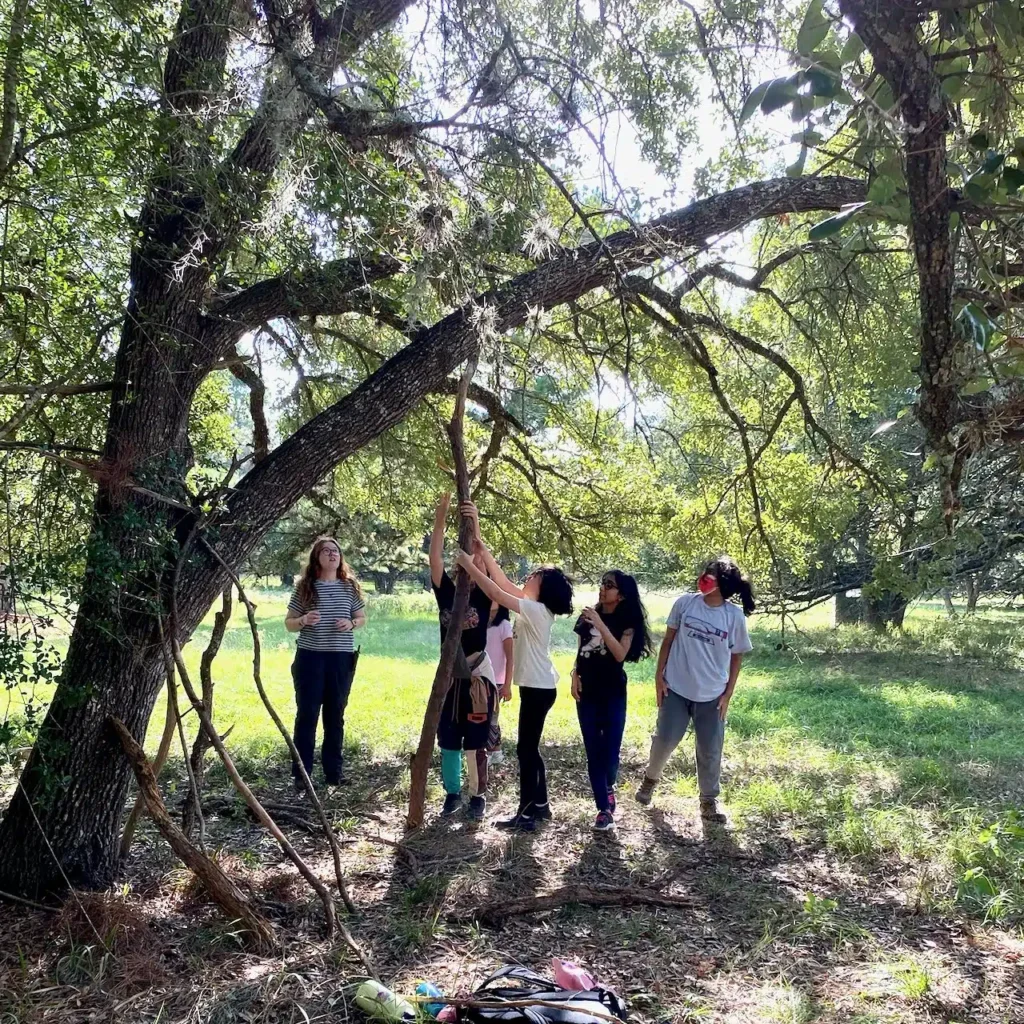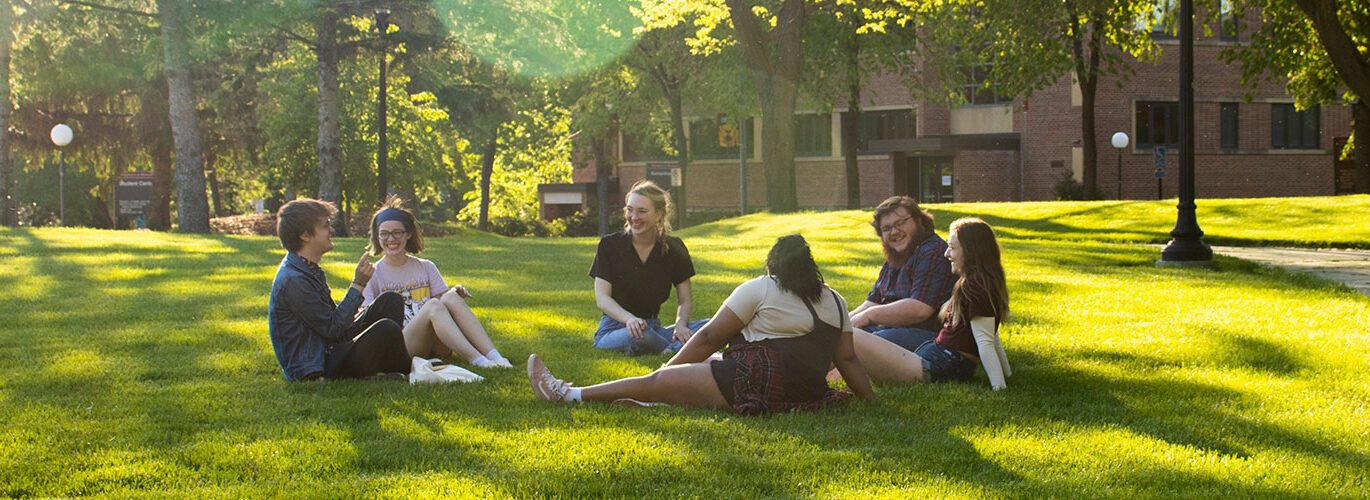What a U.S. Liberal Arts Education Can Provide International Students
German national Tim Steinebach says he was fascinated by nearly every aspect of philosophy but never thought about applying to a U.S. liberal arts college—until an admissions officer from St. John’s College in New Mexico visited his high school.
“I discovered St. John’s and instantly loved the idea of reading 200 of the greatest Western books and discussing them without relying on secondary sources or professors lecturing,” says Steinebach, who graduated in May 2023.

St. John’s, located in Santa Fe with another campus in Annapolis, Maryland, has just one academic program: Great Books.
Liberal arts colleges offer four-year degrees with a broad focus—allowing students to explore interests beyond their major—while emphasizing the humanities, arts, and natural and social sciences.
“The U.S. is where this style of education began. Other countries are starting to adopt liberal arts programs, but we’ve been doing this for a long time and know how to deliver it well,” says Amy E. Markham, director of international admission at Massachusetts’ Mount Holyoke College, which currently has 493 international students.
Like St. John’s, Mount Holyoke attracts international students and is one of fewer than 200 private liberal arts colleges in the U.S. These schools tend to be especially welcoming to international students, partly because of their smaller size.
Here are four things international students can expect from a U.S. liberal arts education:
- An interdisciplinary approach to learning.
- More interaction with faculty.
- Emphasis on critical thinking skills.
- Learning outside the classroom.
Interdisciplinary Approach to Learning
Beyond specializing in their chosen field, international students at liberal arts colleges get a more well-rounded education than at some other institutions.
“We often see international students who were placed in a specific academic track early on, whether by choice or someone else’s decision,” says Amanda Barnes Stevens, St. John’s director of admissions for international recruitment. “The real value of a liberal arts education is that it encourages students to explore widely, often beyond their comfort zone.”
Steinebach says the Great Books program helped him gain deep insight into the world and human nature.
“People usually think of liberal arts as broad, covering many interests. At St. John’s, though, it’s more focused—you dive into whatever truly interests you,” he says.
Unlike systems where students must pick a specialization from day one, liberal arts colleges let them explore and combine different fields.
More Interaction With Faculty
While international students may not be used to direct engagement with professors back home, liberal arts colleges have smaller classes, making faculty more accessible.
“The close one-on-one interactions with professors and peers, both in and out of class, help build strong relationships that lead to success,” says Andrew Woolsey, dean of enrollment services at California’s Soka University of America, where the student-faculty ratio is 7:1.
Students gain broad foundational knowledge from professors dedicated to teaching, not just research, Woolsey adds.
However, international students should prepare for a learning style that demands active participation.
“For students used to lecture-based classrooms, jumping into discussion-heavy classes where they’re expected to contribute can feel intimidating,” Stevens says. “But they’re often surprised by how quickly they adapt.”
Emphasis on Critical Thinking Skills
A U.S. liberal arts education sharpens problem-solving and critical thinking—focusing on how to think, not what to think.
“Many countries have knowledge-focused education systems,” Markham says. “Here, students balance knowledge with collaboration, problem-solving, and innovation. This flexible thinking helps them adapt to future challenges.”
Woolsey adds that liberal arts students learn to “connect ideas across disciplines and the world, boosting creativity, communication, and leadership skills.”
Weak soft skills—like communication and critical thinking—can hurt job prospects. A 2019 LinkedIn report found that 89% of failed hires lacked these skills.
“Through discussions, student groups, sports, and even late-night dorm talks, students learn to engage, ask questions, listen respectfully, and think critically,” says Jonathan C. Edwards, Grinnell College’s international admission director. “These skills help in any career and in life.”
Learning Outside the Classroom

Hands-on field trips at liberal arts colleges provide practical experience useful for careers in the U.S. or back home.
For example, Illinois’ Principia College holds classes in streams, theaters, museums, and national parks. At California’s Pomona College, geology students take trips to canyons, mountains, and other sites to supplement lab work.
“Many international students graduate as well-rounded individuals thanks to cross-cultural experiences like mentoring, study abroad, sports, and campus life,” Woolsey says.
The learning continues after graduation. Stevens notes that 70-80% of St. John’s graduates pursue advanced degrees, often in fields like law and medicine—not because they’re unemployable, but because their careers require it.
Many international alumni attend grad school in the U.S. or their home countries. A 2020 Georgetown study also found that liberal arts graduates often earn more long-term than those from other colleges.
“A student choosing a U.S. liberal arts education is in for a unique experience,” Stevens says.

